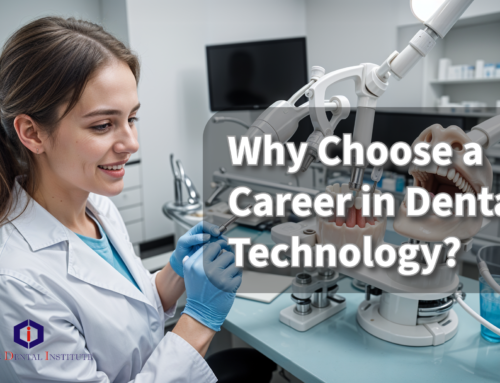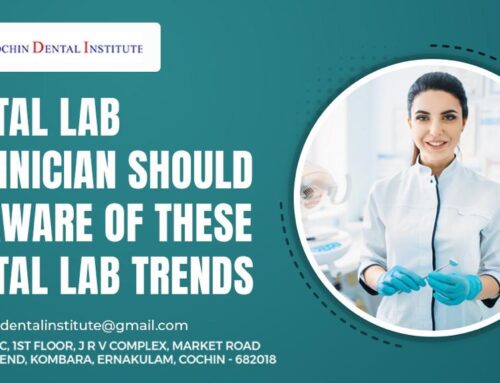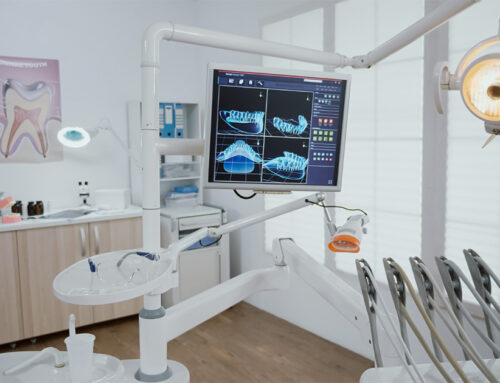Dental technology
Dental technology refers to the application of scientific and technological advancements in dentistry. It involves the use of various tools, equipment, and materials to improve the diagnosis, treatment, and overall patient experience in dental procedures. It has evolved significantly over the years, incorporating digital imaging, computer-aided design and manufacturing (CAD/CAM), and other innovative techniques to enhance dental treatments.
Dentistry is a field of medicine that focuses on the identification, avoidance, and treatment of diseases that affect the mouth and its supporting tissues. It encompasses a wide range of dental care services, including the maintenance of oral health, the diagnosis and treatment of oral diseases, and the restoration and replacement of teeth.
The field of dentistry plays a crucial role in promoting overall health and well-being. Oral health is essential for proper nutrition, speech, and self-esteem. Dental professionals, such as dentists and dental hygienists, work together to provide comprehensive oral care to patients of all ages.
Dental professionals rely on a variety of diagnostic and therapeutic techniques to address different oral health issues. Some common dental procedures include dental cleanings, fillings, root canals, tooth extractions, orthodontic treatments, and cosmetic dentistry procedures like teeth whitening and dental implants.
Dentistry also extends beyond clinical practice. Dental research and education play crucial roles in advancing the field, promoting evidence-based practices, and training future dental professionals. Dental schools and continuing education programs provide comprehensive training to dentists and dental technicians, ensuring they stay up to date with the latest advancements in dental technology and patient care.
Over the years, dental technology has significantly evolved, incorporating innovative techniques and technologies that have revolutionized the field of dentistry. Here are some key areas where dental technology has made a significant impact:
- Digital Imaging: Digital radiography and imaging systems have replaced traditional X-ray films, offering enhanced diagnostic capabilities with reduced radiation exposure. Digital imaging allows dentists to obtain high-resolution images of the teeth, jawbones, and surrounding structures, aiding in accurate diagnoses and treatment planning.
- Computer-Aided Design and Manufacturing (CAD/CAM): CAD/CAM technology enables the creation of precise and custom-designed dental restorations such as crowns, bridges, and veneers. With CAD/CAM systems, a digital impression of the patient’s teeth is obtained, and the restoration is milled from a block of ceramic or composite material, resulting in improved accuracy, aesthetics, and efficiency compared to traditional methods.
- Cone Beam Computed Tomography (CBCT): CBCT is a specialized imaging technique that provides three-dimensional images of the patient’s oral and maxillofacial structures. It allows dentists to visualize complex anatomical details, assess bone density, and plan treatments such as dental implant placement and orthodontic procedures with greater precision.
- Laser Dentistry: Lasers have found numerous applications in dentistry, including gum disease treatment, cavity preparation, soft tissue surgeries, and teeth whitening. Dental lasers offer precise and minimally invasive treatments, reduced bleeding, faster healing times, and improved patient comfort.
- Intraoral Scanners: Intraoral scanners capture digital impressions of the patient’s teeth and oral tissues, eliminating the need for traditional dental impressions using impression materials. These scanners provide highly accurate 3D models, improving the fit and aesthetics of dental restorations and reducing patient discomfort.
- 3D Printing: Additive manufacturing, or 3D printing, has revolutionized the dental field by allowing the fabrication of dental models, surgical guides, and custom dental appliances with exceptional precision. 3D printing enables faster turnaround times, cost-effectiveness, and customization in dental treatments.
- Teledentistry: Teledentistry utilizes digital communication technology to remotely provide dental consultations, monitoring, and treatment planning. It enables dentists to reach patients in remote areas, provide virtual assessments, and offer guidance and recommendations without the need for in-person visits.
These advancements in dental technology have transformed the field, enhancing diagnostic capabilities, treatment precision, patient comfort, and overall outcomes. Dental professionals continue to embrace emerging technologies to improve the delivery of dental care and provide patients with the highest quality of oral health services.
In conclusion, dentistry and dental technology are integral components of healthcare that focus on maintaining oral health, diagnosing and treating oral diseases, and restoring and replacing teeth. Dentistry plays a crucial role in promoting overall health and well-being, as oral health is essential for proper nutrition, speech, and self-esteem.
Dental technology has significantly advanced over the years, incorporating scientific and technological innovations to enhance dental treatments and improve patient outcomes. Digital imaging, computer-aided design and manufacturing (CAD/CAM), cone beam computed tomography (CBCT), laser dentistry, intraoral scanners, 3D printing, and teledentistry are just a few examples of the transformative technologies used in dentistry today.
These advancements have revolutionized various aspects of dental care, including diagnostics, treatment planning, restorative procedures, orthodontics, and oral surgeries. They have improved the accuracy, efficiency, and precision of dental treatments, leading to enhanced patient experiences and outcomes.
Moreover, dental technology has contributed to minimizing patient discomfort, reducing treatment times, and promoting faster healing. It has also allowed for the customization and personalization of dental restorations and appliances, improving aesthetics and patient satisfaction.
The ongoing development and integration of dental technology continue to push the boundaries of dentistry, enabling dental professionals to provide state-of-the-art care. Dental research and education play essential roles in advancing the field, promoting evidence-based practices, and training future dental professionals to stay abreast of the latest advancements.
Overall, dentistry and dental technology work hand in hand to ensure the provision of comprehensive, efficient, and patient-centered oral care. As technology continues to evolve, the future of dentistry holds even more promising possibilities for enhancing oral health and transforming the patient experience. Study at Best Dental College in Kerala to advanced dentistry.





